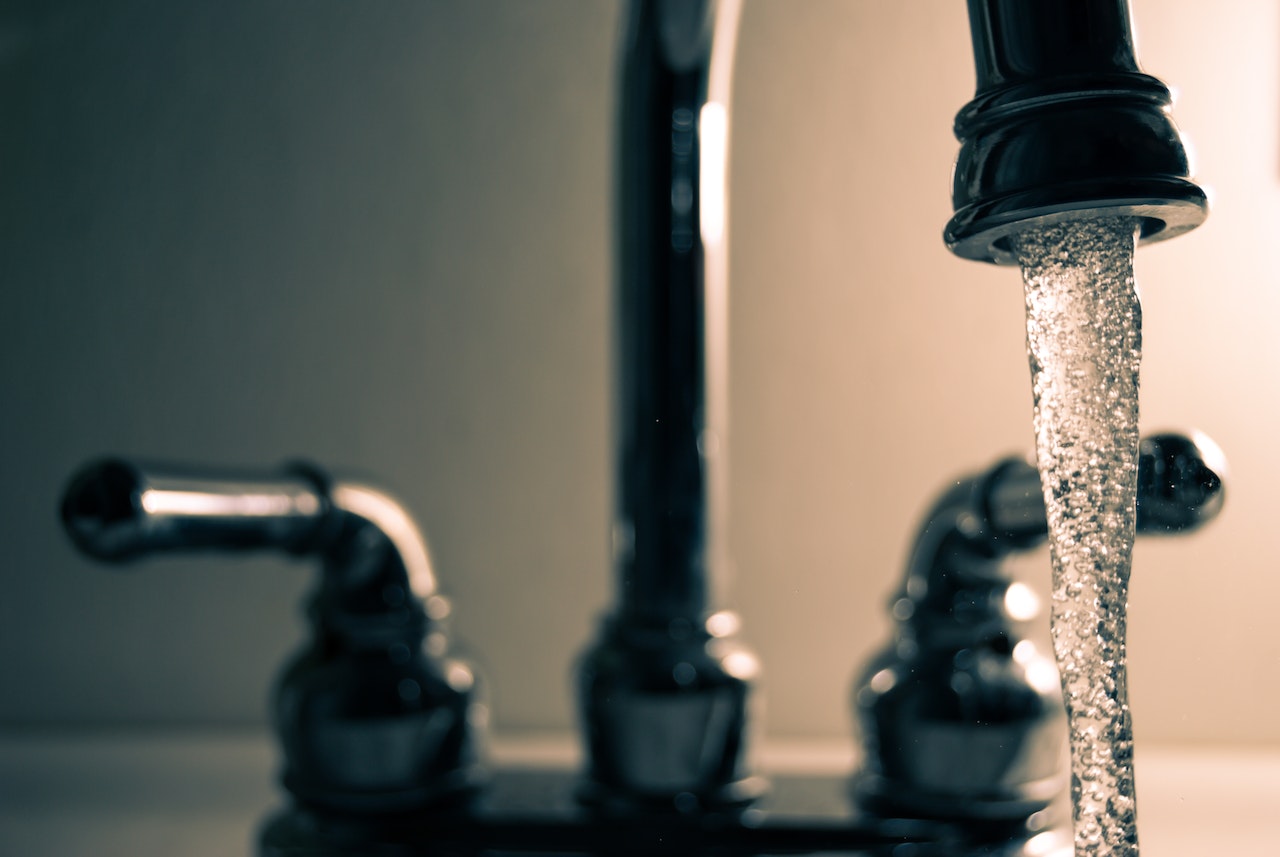Boiler is a particular device. It is distinct from other pieces of specialized apparatus. It is not only widespread in factories, but it is also common in our living places, such as boilers that are used for heating in the winter and hot water that is used in dining rooms, hotels, and other establishments. The likes of boilers are intimately connected to the way we live.
Boiler maintenance relevance
There are a total of three points that depend on how the boiler is operated, while there are seven points that depend on how it is maintained. This demonstrates how very important boiler maintenance is.
The specific performance consists of the three aspects listed below:
1. Influence the quality of the boiler
If a Boiler Repair Langley is not maintained for an extended period of time, the quality of the steam or hot water that the boiler produces will suffer, the boiler will be unable to operate as efficiently, and the end product’s quality will be compromised. This is true whether the boiler in question is a steam boiler or a hot water boiler.
2. Influence the amount of energy saved by the boiler
When it comes to boilers, we consider not only the level of quality offered by the boiler’s output but also the price at which it can be run. Consider the case of a hot water boiler that must be operational around the clock throughout the heating season. If the boiler is neglected for an extended period of time, it will eventually cause the boiler to fail. Because of increased operational costs, an unnecessary amount of fuel is wasted.
3. Influence the safety of the surrounding area
The boiler is a piece of specialized apparatus. If it is not maintained for a significant amount of time, it will cause all components of the equipment to age prematurely and sustain harm. This will result in a drop in the boiler’s safety factor, which in turn will increase the probability of an accident involving a boiler explosion.
 Techniques for the Upkeep of Boilers
Techniques for the Upkeep of Boilers
Normal Operation and Upkeep
When operating the boiler on a daily basis, inspections, tests, measurements, and records need to be carried out in a planned and periodic manner in order to gain an understanding of the current condition of the apparatus. When issues are discovered, they should either be addressed in a timely manner or, alternatively, maintenance plans should be established to address the issues in accordance with the circumstances.
1) A tool for measuring and monitoring the water level, as well as an alert interlocking system
2) Equipment for the automatic provision of water
3) An interlocking mechanism for fuel monitoring.
1) The characteristics of steam: pressure, velocity, and temperature (with superheater).
2) Water supply information including pressure, temperature, amount of water supplied, amount of water returned, and quality analysis value
3) Water in the boiler: the water level, the sewage volume, and the value of the water quality analysis
4) Fuel: the amount of fuel consumed, the temperature at which oil is heated, the pressure at which oil is held, the air pressure, and an industrial study of coal and air pressure for combustion
5) Ventilation: the passage of air and the opening of the air door
6) The conditions of the flue gas, including temperature, amount of oxygen and carbon dioxide, and the amount of smoke and particles.
(4) Keep a record
Regular Maintenance
Find the problems that need to be solved during daily maintenance, and those that you cannot deal with immediately based on their importance and the conditions of their use, are included in the annual, quarterly, and monthly maintenance plans, and are implemented to ensure that the equipment is operating perfectly at all times.
Pressure Maintenance
The term “pressure maintenance” can be applied, in general, to boilers whose shut-down periods do not last longer than one week. In order to keep the residual pressure in the boiler between 0.05 and 0.1 mPa, the water temperature in the boiler is kept slightly higher than 100 degrees Celsius. This ensures that the water in the boiler does not contain oxygen and is able to prevent air from entering the drum. In order to keep the water in the boiler at the desired temperature, it is necessary to either make a small fire in the boiler on a frequent basis or use the steam from another boiler that is located nearby to heat the water in the boiler on a regular basis.
Wet Maintenance
In most cases, wet maintenance can be performed on boilers if the amount of time they are shut down does not exceed one month. After the boiler has been turned off, the water should be drained, the scale and soot should be removed, and any open manholes, hand holes, valves, etc. should be closed. The next step is to fill the boiler with softened water up to the lowest possible level, after which you will employ a specialized pump to inject the previously produced alkaline solution into the boiler. The solution is made up of either sodium carbonate, sodium hydroxide, or trisodium phosphate as its component parts. After the injection, the water supply valve should be turned on and the boiler should be filled with water that has been softened until water comes from the air valve. After that, seal off the air valve as well as the water supply valve, and activate the specialized pump to begin recirculating the water in order to ensure that the solution is thoroughly combined.
While the oven is being maintained, it should have a low fire lit in it on a regular basis so that the outside of the heated surface remains dry. I turned on the pump on a regular basis so that the water would circulate, which helped maintain the solution’s intended concentration. Testing must be done on a regular basis, and if the alkalinity level drops, the missing component must be added. During the winter, you need take precautions against freezing.
 Maintenance Without Water
Maintenance Without Water
When the boiler has been turned off for an extended period of time, it is necessary to perform dry maintenance. After the boiler has been turned off, the pot water should be drained, the scale and soot should be removed, the gas, water supply, and sewage wide should be turned off, and the manhole should be opened to allow the drum to dry out on its own. In the event that the boiler chamber is wet, a low fire should be used to dry the boiler body, furnace wall, and flue. Then, place the desiccant, which can be either quick lime or anhydrous calcium oxide, on the grate with the tray open, and hoist it in the drum with a cloth bag so that it can absorb moisture. At this point, you should plug up all of the manholes and hand holes in the boiler to stop damp air from getting in there and corroding the heating surface. In the future, approximately once every half a month you will need to check to see if the heating surface has rusted and replace the desiccant that has failed.
Keeping an Eye on Inflation
Maintenance that involves charging the customer is required for boilers that have been idle for an extended period of time. In most cases, nitrogen and ammonia are injected into the boiler at the highest point, and the pressure is kept between 0.05 and 0.1 MPa. This causes air to be expelled from the lowest point of the boiler, preventing the metal from coming into contact with oxygen.
After the soot from the heating surface has been removed, the outside of the heating surface should be painted with anti-rust paint; the inside of the heating surface should be cleaned of scale and coated with boiler anti-corrosion paint. This maintenance should be performed on boilers that are not used for an extended period of time. In addition to doing a thorough cleaning of the boiler’s auxiliary equipment, you should also drain the lubricating oil from the drum, the induced draft fan, and the grate reducer. To prevent corrosion, move any movable pieces once every week and rotate them. Keep all electrical equipment in working order and in conformity with the requirements.
Conclusion:
Insisting on performing the boiler maintenance work described above will significantly cut down on oxygen corrosion in the boiler, increase the boiler’s service life, and guarantee that the equipment will operate in a manner that is both safe and cost-effective. There are a number of different maintenance procedures for when the boiler is shut down; however, the implementation of these various maintenance procedures is closely related to the structure of the boiler, the quality of the boiler feed water, the purpose of the boiler, and the amount of time that the boiler is shut down for, etc. According to your actual situation, use the different maintenance procedures that correspond to it respectively.
